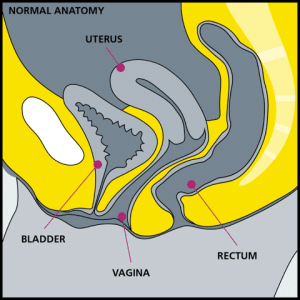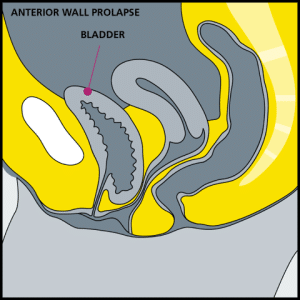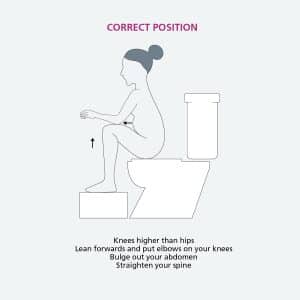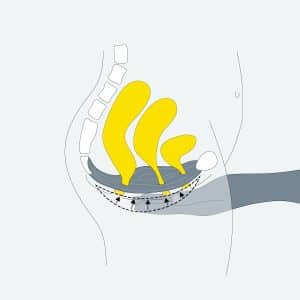Pelvic organ prolapse
Pelvic organ prolapse is the downward movement of one or more walls of the vagina. This may be the front (anterior), back (posterior) or the uterus (womb).
Pelvic organ prolapse can affect anyone. However statistics reports that 50% women and people, who have had children will experience pelvic organ prolapse to some degree.





